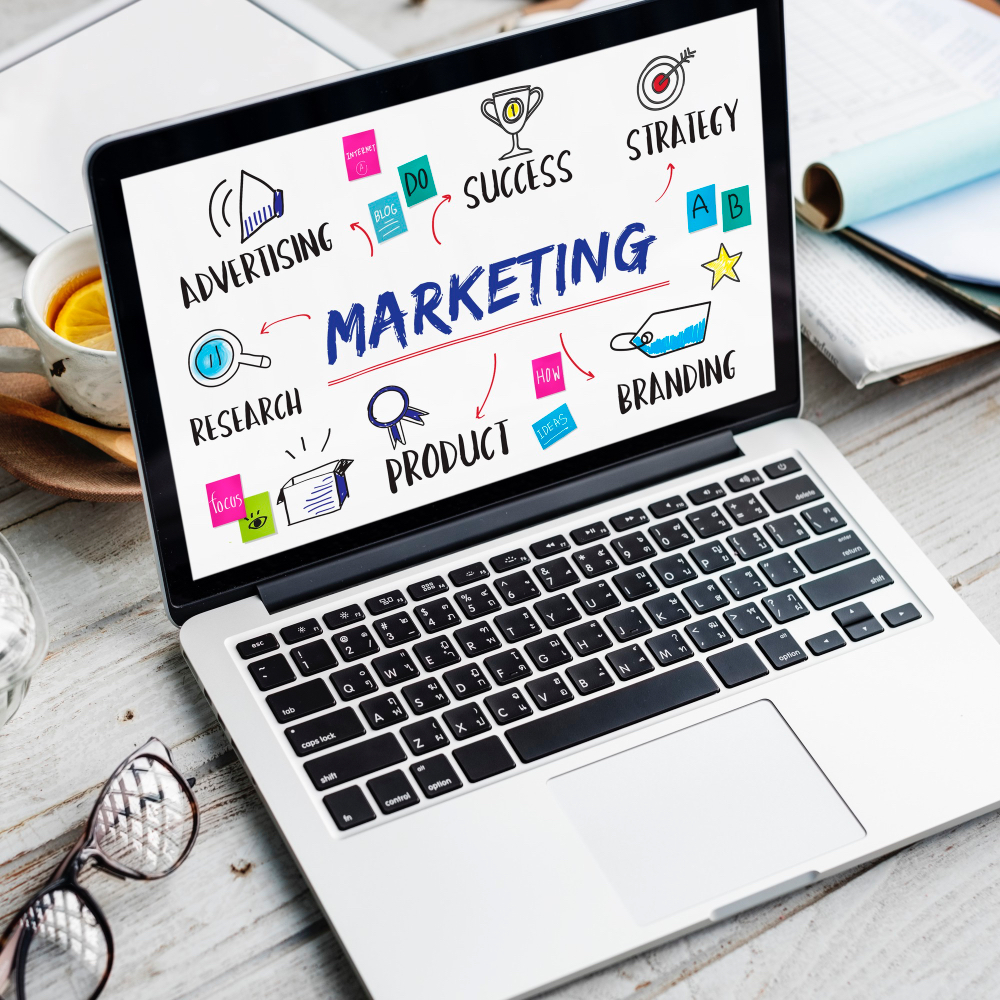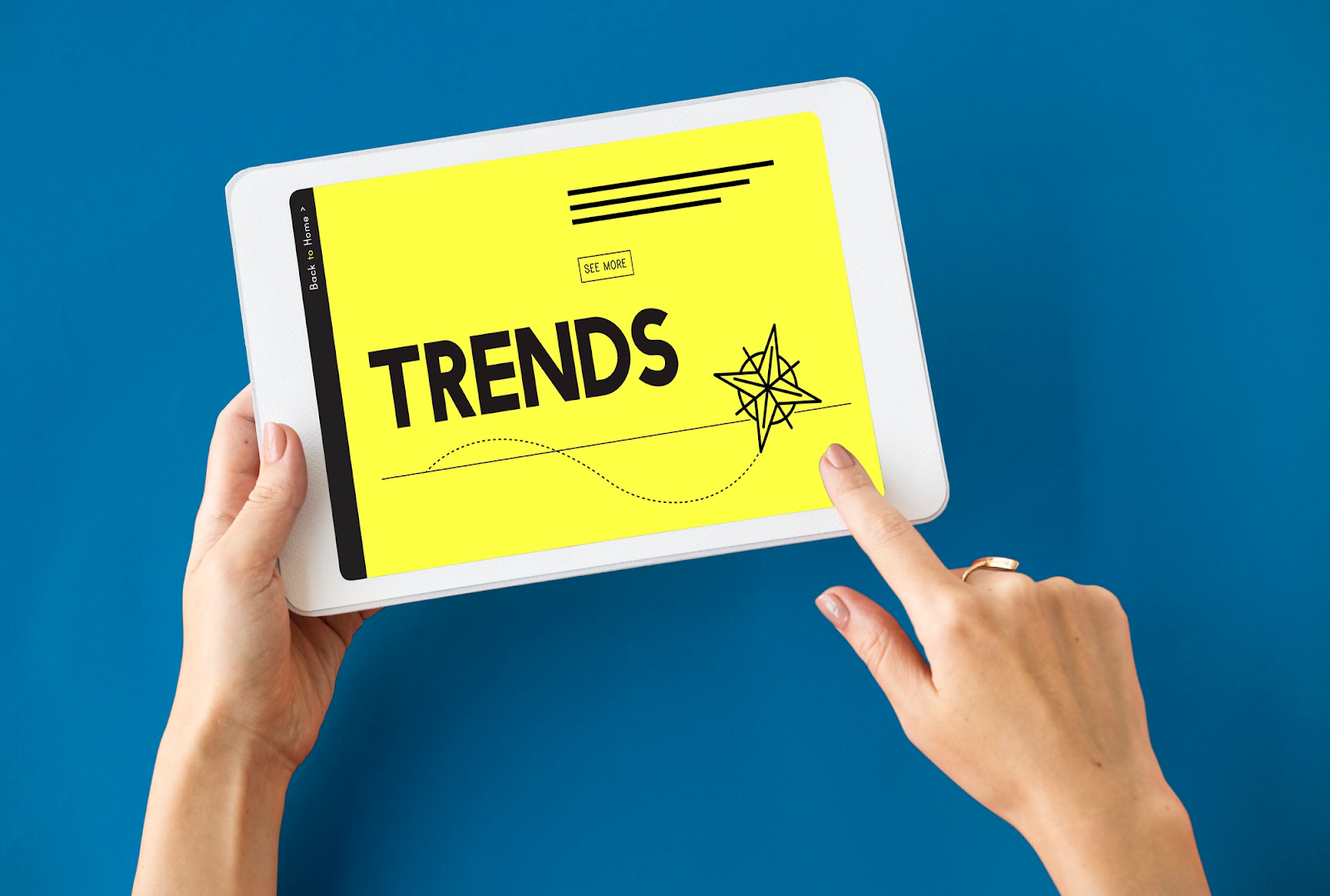
In 2025, direct marketing channels remain one of the most powerful ways for brands to own their growth and their customer relationships. As privacy regulations tighten and third-party data declines, companies that control their audience and messaging are the ones that win. At Future Digital, we help ambitious brands build direct systems of communication that fuel measurable performance and long-term loyalty — without relying on intermediaries or guesswork.
To understand why direct marketing channels are reshaping the digital landscape, you first need to understand what makes them different from traditional, indirect methods of advertising. Learn more about our approach at Future Digital’s Homepage.

Direct marketing is a personalized form of promotion that connects brands and consumers without intermediaries. It’s one-to-one marketing at scale — a strategy that uses data, automation, and creative messaging to reach specific segments with specific offers. Every direct marketing interaction includes a response mechanism: a link to click, a form to complete, a purchase to make, or a message to reply to.
Unlike broadcast ads that push generic messages to large audiences, direct marketing builds conversation and conversion loops. Examples include email flows, SMS campaigns, social ads, and personalized landing pages. For a clearer definition, see HubSpot’s overview of direct marketing.
The main difference between direct and indirect marketing lies in control and feedback. Direct marketing uses owned or paid channels that communicate straight to the customer — email, SMS, PPC, and social media. Indirect marketingrelies on third-party platforms or mass media like TV, print, and PR to influence buyers through brand awareness and association.
Smart brands use both, but direct marketing channels offer real-time measurement and a direct path to ROI. For a subscription app or e-commerce brand, the ability to own first-party data and communicate with customers directly is what turns marketing into a predictable growth engine.
Direct marketing is both a promotional and a distribution strategy. On the promotion side, brands use channels like email, SMS, and paid search to deliver personalized offers. On the distribution side, they sell and deliver products or services without middlemen — for example, through a brand’s own website or digital platform.
A DTC skincare company, for instance, may advertise its products via email and TikTok ads while fulfilling orders through its own e-commerce site. This direct promotion and distribution loop creates a seamless experience and makes every data point actionable.
Let’s talk about how data, creativity, and performance strategy can drive real growth.
Partner with Future Digital to turn insights into measurable results.
The following channels are driving direct engagement and profitability for leading brands this year.
Email remains the cornerstone of direct marketing. It delivers ROI of up to 36:1 and serves as a personalized touchpoint for onboarding, retention, and re-engagement. Advanced brands use segmentation, dynamic content, and automation to personalize the journey from welcome to loyalty. Triggered flows like cart recovery and re-purchase reminders make email a revenue driver, not just a newsletter.
SMS marketing boasts open rates of 98% and conversion rates far higher than email in some verticals. Brands leverage text messaging for flash sales, appointment reminders, and post-purchase care. Mobile marketing also includes push notifications, QR codes, and app-based offers — all of which create an instant, two-way dialogue with customers.
Search ads on Google and Bing are the most intent-driven direct marketing channel. When someone searches for “buy organic protein powder online,” a well-timed PPC ad captures that intent in seconds. Modern brands combine keyword targeting with AI-driven bidding and first-party audience data to reduce CAC and increase qualified traffic.
Explore channel performance insights in Marketing Channels That Drive Results.
Platforms like Meta, TikTok, and LinkedIn have become core direct marketing ecosystems. They enable brands to create interactive content and use precise audience targeting based on interests and behaviors. UGC and creator-driven ads boost trust and click-through rates. Meta’s Advantage+ and TikTok Shop have turned social media into a direct commerce channel.
What was once considered old-school has evolved into a high-impact tactic for premium brands. Modern direct mail uses customer data to send personalized packages and exclusive offers that cut through digital noise. Luxury retail and financial services brands often combine direct mail with QR codes or landing pages to create a trackable bridge between offline and online.
Influencer marketing is no longer just PR — it’s a form of modern direct marketing. Creators provide trusted, authentic content that links directly to purchases via affiliate URLs, discount codes, or TikTok Shop features. This channel blends the credibility of word-of-mouth with the performance of digital ads.
SEO is an owned channel that continues to grow in importance for direct marketing. By optimizing content for search intent and conversion, brands build sustainable traffic and customer trust. Blogs, guides, and landing pages that address specific pain points serve as long-term direct touchpoints.
The most successful brands treat direct marketing as an ecosystem — not a set of isolated tactics. An effective sequence might look like this:
When measured together, these channels produce a compounding ROI. At Future Digital, we help brands build integrated systems that tie messaging, creative, and data into a single growth loop. Learn more in The ROI Revolution.
Direct marketing is built on measurement. Brands track every response, click, and conversion to refine targeting and creative performance. Key metrics include:
Future Digital encourages clients to connect these metrics across channels to see how direct marketing drives long-term customer value, not just short-term sales.

The next wave of direct marketing is being defined by AI, data ownership, and human authenticity. Key trends include:
For a practical overview of direct marketing tactics and definitions, see Mailchimp’s Direct Marketing Guide.
Each brand illustrates the power of direct marketing to connect, convert, and retain customers through personalized touchpoints.
Unlike mass advertising, direct marketing creates dialogue. Every message is a chance to collect feedback and refine the experience. Customers feel seen and understood when brands communicate personally and consistently. This two-way interaction not only boosts sales but also creates advocates who drive organic growth through referrals and reviews.
At Future Digital, we believe the future of marketing belongs to brands that own their data and their dialogue — turning every touchpoint into a relationship that compounds over time.
Direct marketing channels are the foundation of sustainable growth in 2025. They empower brands to speak directly to their audience, measure results accurately, and build lasting customer trust. When used strategically, they turn marketing from a cost center into a predictable revenue system.
Ready to own your marketing channels and grow with precision? Connect with Future Digital — your growth partner for data-led, direct marketing strategies that scale.